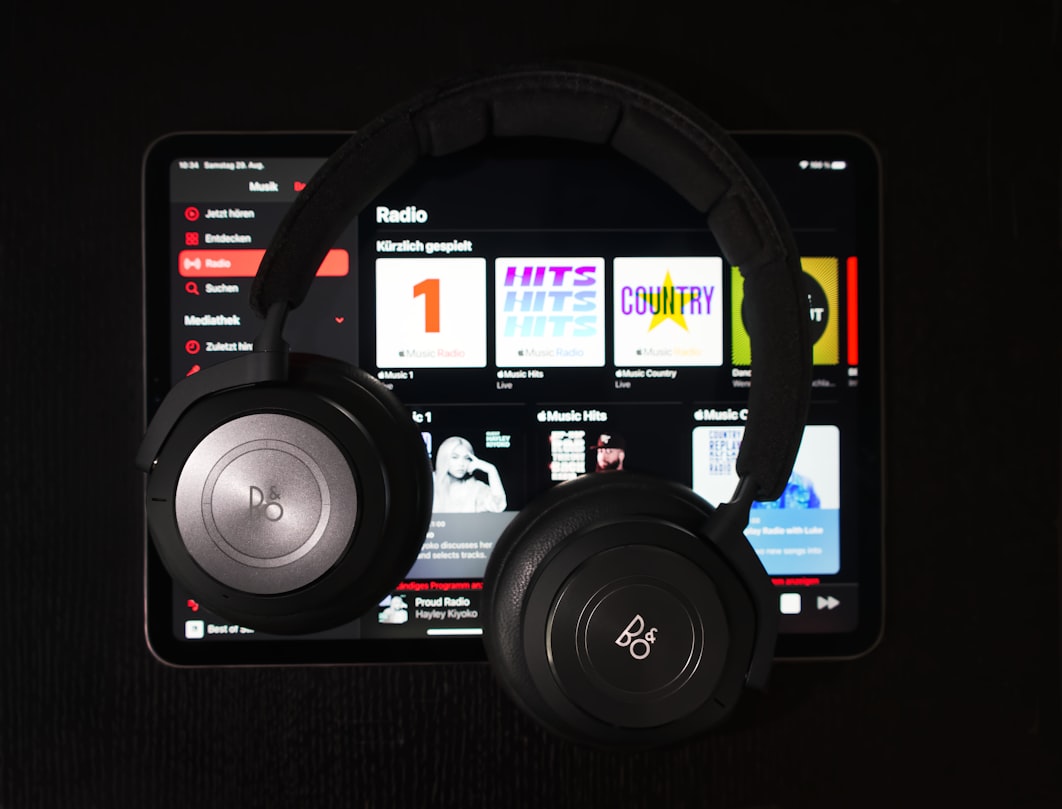Imagine the warm glow of your living room as the evening settles in. A soft hue illuminates your walls, and you sink into your favorite chair, perhaps with a steaming cup of tea or a glass of wine. As you close your eyes, ready to unwind, you reach for your phone and tap on one of your favorite music streaming apps. Instantly, a world of melodies and rhythms opens up, enveloping you like an old, beloved blanket. The experience of listening to music has shifted dramatically in the last decade, and with various streaming services at our fingertips, it’s become easier and more tailored to individual tastes than ever before.
As the market for music streaming becomes increasingly saturated, it’s fascinating to explore how different services compare. Each offers its unique flavor, from expansive libraries to curated playlists, sometimes making the choice feel overwhelming. Let’s break down a few of the major players and what they bring to the table.
One of the giants, Spotify, has firmly cemented its place in many people’s hearts— and playlists. What stands out about Spotify is its unparalleled curation capabilities. The algorithm seems to just “get” you, whether you’re on a nostalgic kick revisiting those high school anthems or craving fresh, eclectic sounds. Discover Weekly, a personalized playlist updated every Monday, tends to be a weekly ritual. Paired with its vast library— touted to have over 70 million tracks— it’s a treasure trove for any music lover. The social sharing aspect gives it an extra edge; you can dive into your friends’ playlists, share your favorite finds, and even catch into the latest trends. That said, the free version can be a bit hit or miss, with ads interrupting those cozy listening sessions.
Apple Music, on the other hand, has carved out a niche for itself with its commitment to high-fidelity sound. For audiophiles, this is a game-changer. The sheer quality of the music, thanks to Lossless Audio and Spatial Audio, transforms listening into a multi-dimensional experience. Plus, the integration with your Apple devices is seamless. If you’re deep into the Apple ecosystem, it feels like a natural extension of what you already use. What’s even more intriguing is their focus on artist exclusives and curated playlists, turning listening into an event. However, a drawback might be its less intuitive interface compared to Spotify; sometimes you might have to hunt to find that perfect playlist or new release.
Then there’s Amazon Music, which offers a substantial catalog, and if you’re already an Amazon Prime member, the ease of access is a big plus. The service keeps developing, introducing high-definition sound options that can compete with Apple Music, all while still being budget-friendly because you’re not paying for a separate subscription if you’re already a Prime member. That said, the user interface isn’t always the most user-friendly, and it can feel like a secondary feature to the shopping giant’s actual business.
Tidal makes itself known by prioritizing artist compensation, offering higher payouts per stream. If you’re an artist-focused listener who appreciates knowing your plays support musicians fairly, Tidal might resonate with you. They have top-notch audio quality, with Lossless and HiFi options, making it perfect for serious music enthusiasts. Plus, the exclusives and music videos can offer an immersive experience. However, the platform is often considered pricier than other services, which may deter casual listeners.
And let’s not overlook YouTube Music, especially if you find yourself jamming to live performances, remixes, or covers. If visuals play a huge role in your music experience, it’s hard to beat YouTube’s extensive library. The combination of user-generated content with official tracks creates a vibrant environment for discovery. Plus, the app’s ability to switch between audio and video seamlessly is a unique feature that can enrich your listening experience. However, the search process can sometimes be like finding a needle in a haystack, as not every song might pop up

